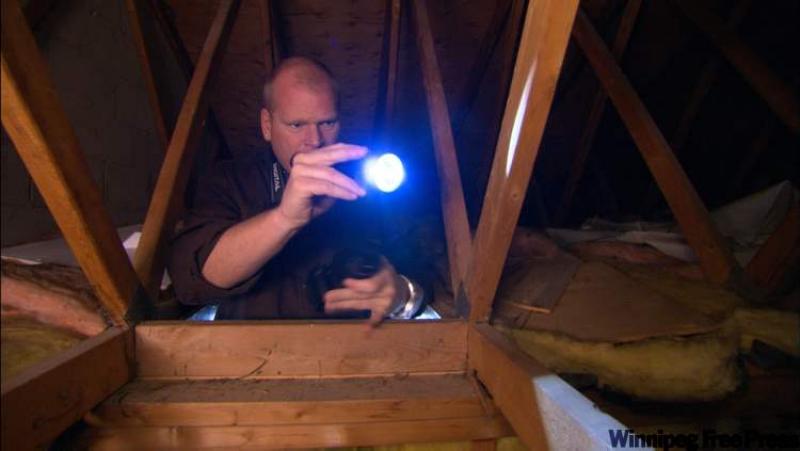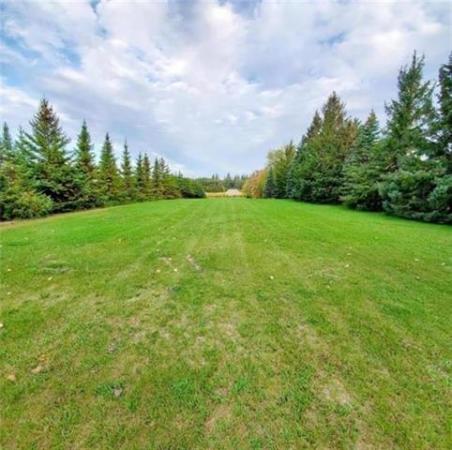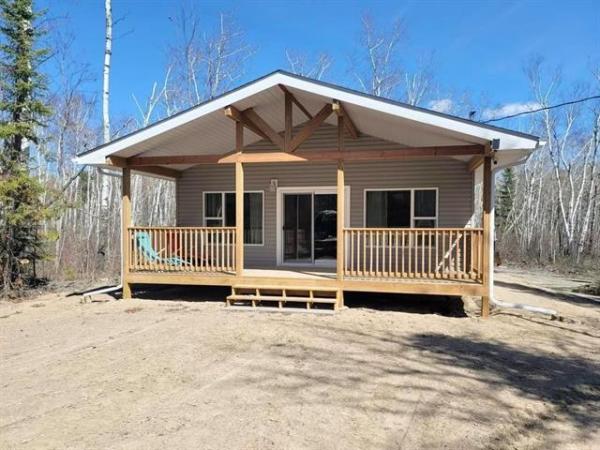BEFORE you know it, the hot weather will arrive and you need to make sure your home is ready for summer. For some people, that's simply a matter of taking the cover off the air conditioning unit. Some even go one step further, and have the unit cleaned and serviced. (By the way, you don't need me to tell you that's a good idea, and you should do it before the hot days arrive, or the service guy will be too busy to get to you.)
I always believe it's important for homeowners to educate themselves so they understand how their house works and why some things might not be working very well. That includes learning about heating and cooling your home, and how airflow works. Understanding that will help you troubleshoot problems and make good decisions about how to maintain your home, reduce energy bills and have good indoor air quality.
It's important to understand that your house is a system; it all works together in terms of airflow. And, with newer homes especially, that system is pretty much closed -- at least, that's how it's designed. We don't want exterior air leaking in, or interior air leaking out. We want the airflow controlled, and air leakage eliminated or minimized.
Air moves through your house in a predictable way. We all know the expression that hot air rises. What that really means is that cold air, which is more dense than warm air, pushes the warm air up -- to the upper floors of your home, or out through the attic space. It's all driven by thermal difference, the difference between the exterior and interior temperatures of your home, which creates pressure and natural air convection. The bigger the temperature difference between outside and inside, the greater the pressure.
Because a vacuum can't exist in your home, more cold air is drawn in from lower down, at a lower air pressure, which is at ground level or even below that, to replace the warm air. This is called the stack effect.
In your house that replacement air is sucked in through sill plates, cracks in basement walls and around windows, around your dryer vents, or any vent you might have in your cold room. And typically the warm air escapes through plumbing vents and stacks that go through your attic, or any break in your insulation and vapour barrier between your living space and your attic.
Apart from the cost to you in replacing that conditioned air, how does this affect your indoor air quality? Well, since the warm air is being displaced, and cold air is being drawn in to replace it, ask yourself: Where's that cold air coming from? Usually, it's from your basement or crawl space. And given the problems with condensation, mould, spores and mildew that we find in these parts of the house, that's a bad thing. Aside from the bad smell, it can lead to asthma and allergies.
Another area that is low-pressure, where replacement air is often drawn from, is an attached garage that's unconditioned (not heated or cooled). This can be even more unhealthy than air from your basement. Garage air might contain carbon monoxide from exhaust, as well as whatever you might have stored in that garage: pesticides and herbicides, old paint and solvents, and gasoline and oil for your lawn mower.
Even though builders try to create buildings with thermal barriers that cut down on air leakage, buildings aren't sealed. Doors and windows open, and there are always leaks. This isn't about insulation, it's about air and vapour barriers. Your attic might have lots of insulation, but if there's a problem with the vapour barrier, you'll have leaks.
One thing you should do is seal the leaks in your building envelope that allow air to escape, and air to be drawn in. Start in your attic and check around vents and any access point between the living space and the attic. Use spray foam and caulk and seal any gaps. Remember: You don't want to seal between the attic and outside; you want to seal between the conditioned living space and the attic. Your attic is always supposed to remain the same temperature as outside, so vents and soffits need to stay clear.
If you've done what you can to seal off areas of air leakage, you'll go a long way to controlling your cooling costs this summer, and improving your indoor air quality.
-- Canwest News Service
Catch Mike in his brand-new series, Holmes Inspection, airing Thursdays at 7 p.m. CT on HGTV. For more information, visit www.hgtv.ca.
Do you have a question about home renovations? E-mail mikemakeitright.ca.




